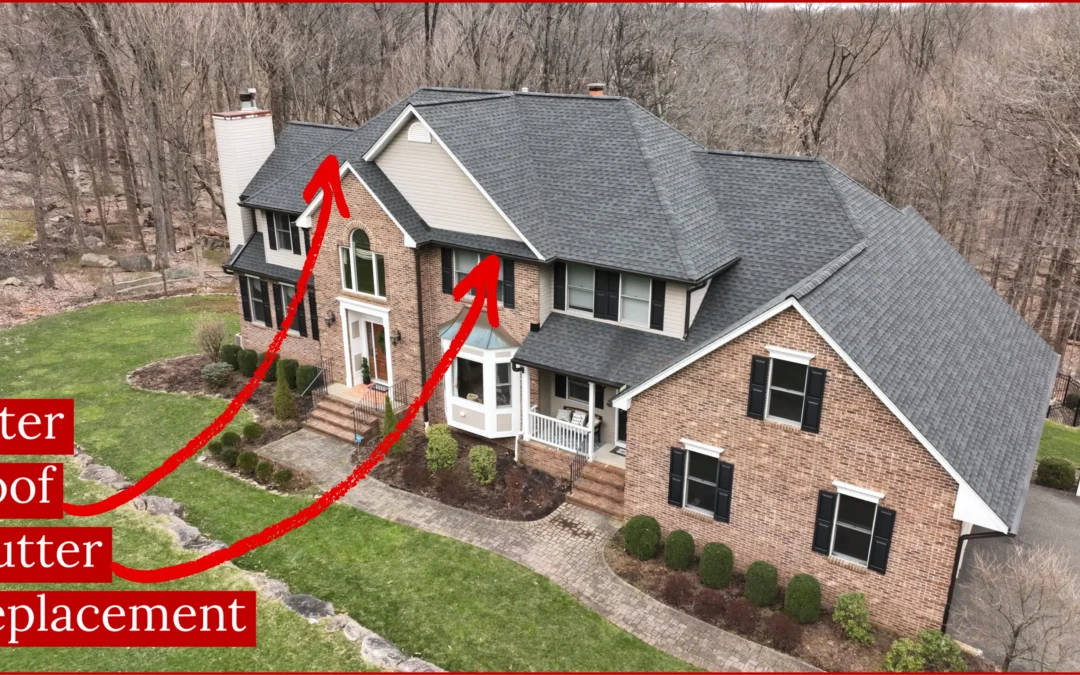Understanding the Lifespan of Late 90s to Early 2000s Roofs: When to Consider Replacement
Welcome to the Alte Exteriors blog! If you’re a homeowner with a roof installed between the late 90s and early 2000s, you might be wondering how much longer your roof can protect your home. Many roofs from that era were constructed with materials and techniques that have since evolved, so understanding their lifespan is crucial for your home’s maintenance and safety. In this post, we will dive deep into the factors that contribute to the lifespan of roofs from this time period, signs that indicate a need for replacement, and tips on how to approach a roofing project when the time comes.
The Lifespan of Late 90s to Early 2000s Roofs
Most roofs installed during the late 90s to early 2000s were made from traditional materials such as asphalt shingles, wood shakes, and metal. Each material has a different lifespan, influenced by factors such as climate, installation quality, maintenance, and the specific product used.
- Asphalt Shingles
Asphalt shingles are the most common roofing material in North America, and those installed during the late 90s to early 2000s typically have a lifespan of 15 to 30 years. However, many roofs from this era were built using standard 3-tab shingles, which have a shorter lifespan compared to modern architectural shingles. If your roof was installed in the late 90s, it may be nearing the end of its useful life, especially if it exhibits signs of wear.
- Wood Shake Roofs
Wood shake roofs were popular in the late 90s and early 2000s, offering a rustic aesthetic. However, they generally last about 20 to 30 years if properly maintained. Unfortunately, they are prone to rot, mold, and insect damage, which can significantly shorten their lifespan. Homeowners should be vigilant for signs of deterioration, particularly if the roof is approaching its 20-year mark.
- Metal Roofs
Metal roofs were gaining traction during this period and are known for their durability, often lasting 40 to 70 years. If you have a metal roof installed in the late 90s, chances are it is still in good condition, provided it has been maintained properly. However, regular inspections are essential to prevent rust and ensure the seams remain sealed.
Signs Your Roof May Need Replacement
While the material is a significant factor, it’s essential to keep an eye out for common signs that indicate your roof may need replacement. Here are several indicators to help you assess your roof’s condition:
- Missing or Damaged Shingles
If you notice missing, curled, or cracked shingles, it’s a clear indication that your roof is suffering from age and wear. This damage can lead to leaks and further deterioration if not addressed promptly.
- Granule Loss
Asphalt shingles lose granules over time, which can lead to a reduced lifespan. If you find granules in your gutters or a significant amount of bare spots on your shingles, it may be time to consider replacement.
- Leaks and Water Damage
Water stains on ceilings or walls are a sign of leaks, which can be caused by roof damage. If you notice these stains, it’s essential to have a professional inspection to determine the source of the leak and whether a replacement is necessary.
- Sagging or Uneven Roof Lines
A sagging roof is a serious issue and indicates structural problems. If you observe dips or uneven areas, it’s crucial to consult with a roofing professional immediately.
- Age of the Roof
As mentioned earlier, roofs installed in the late 90s to early 2000s are nearing the end of their lifespan. If your roof is approaching 20 years old, it’s wise to start thinking about a replacement, especially if you notice any of the signs mentioned above.
The Importance of Regular Maintenance
Regardless of your roof’s age, regular maintenance is vital in prolonging its lifespan. Simple tasks, such as cleaning gutters, trimming overhanging branches, and ensuring proper ventilation, can significantly impact the roof’s durability. Additionally, scheduling routine inspections with a trusted roofing contractor like Alte Exteriors can help identify potential issues before they escalate into costly repairs.

